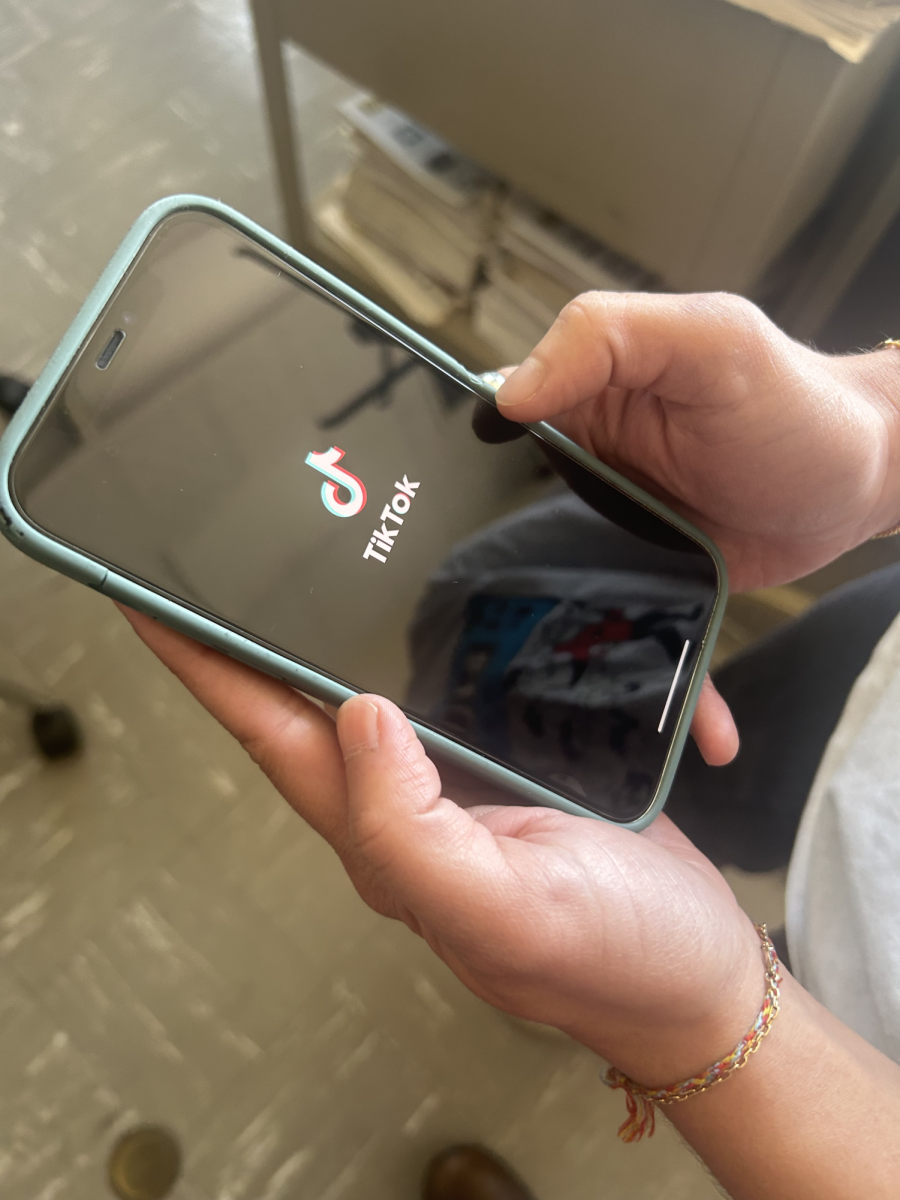The Nintendo Switch, released in March of 2017, has only recently begun to make strides. The console, unlike its former Nintendo console relatives, was designed to go from a TV monitor to a handheld device in one swift motion. How the functionality of home and portability comes into play for the newly released, “ Pokémon: Let’s Go Pikachu!” and it’s twin but separate game, “Pokémon: Let’s Go Eevee!,” is convenient even in its complexity.
Similar to that of the release of the Niantic fueled smartphone app, Let’s Go Pikachu and Eevee play on the heartstrings of nestalgia. The newly released games bring back fond memories of the previous “Pokémon Yellow,” as they are remakes of that exact game.
Pixelated versions of the Pokémon are shown in the game menu to pay homage to its late 90s glory days. Otherwise, the 3D graphics and animation allows the region of Kanto, the setting of the game, to be as vibrant as ever. One useful addition to the new release is that while exploring through Kanto, Pokémon trainers can see the wild Pokémon that spawn during game play. This makes it easier for players to prioritize catching certain Pokémon, thus creating combos which lead to a higher likelihood of spawning a “shiny” version of Pokémon.
Depending on which version one buys, the gamer obtains their own personal starter Pikachu or Eevee which can vary on stats depending on their temperment. For each of the versions, players can interact with their companion via one-on-one playtime as well as having it tag along on adventures outside of its pokeball while sitting on the avatar’s shoulder or head.
The game is designed for the Pokémon trainer to interact with the game and their Pokémon in and out of the game console itself. After linking the smartphone gaming app, “Pokémon Go,” to the game file on the Switch, the gamer can virtually upload the first 150 Pokémon from the app to the game itself, but only after approaching the “Pokémon Go Park” in Fuchsia City within the storyline of the videogame.
It is here where all of the training put in from Summer of 2016 to the present will be available in Nintendo gaming form. The satisfaction of building up one’s prized Pokémon from the mobile app to the old fashion game play can be obtained via the miracle of technology.
An added accessory, the “Poké Ball Plus,” acts as a Switch controller and personal Poké ball that can be purchased separately from the game itself. The idea is to connect the Poké Ball Plus to the Pokémon Go mobile app. This allows the user to collect pokestops and catch Pokémon while out and about without staring at a screen. In addition to this, one can simultaneously take their selected Pokémon out for a stroll outside of the console. While being connected to the app, the kilometers walked will be added to the Pokémon Go app which will be rewarded in candies and the hatching of incubated eggs.
When taken to heart, the available features of this new souped-up version of Pokémon Yellow is worth every penny. The fact that technology can now allow one to connect virtual reality companions on a TV console, handheld console, and a smartphone is a moment that many Millennials did not know they had been waiting for. Nintendo and Pokémon’s attempt at accessibility is nothing short of impressive, though the complexity that comes with it, may fly over some consumers’ heads.














